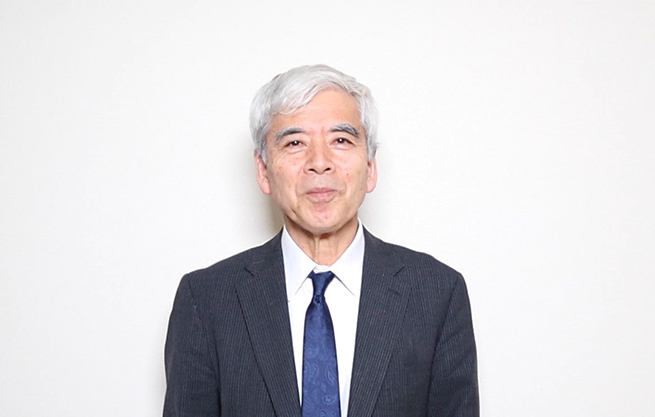"The keyword is total optimization. Things do not work well together, even if an individual fulfills one’s requirements," says Mr. Kakiuchi. The story of Parts Seiko, Mr. Kakiuchi’s long term client, is a valuable subject within the newly published book Strategic KAIZEN™ written by Masaaki Imai, founder of Kaizen Institute. Mr. Kakiuchi and Mr. Imai worked closely together in the 90’s to help companies in the United States and Europe while providing training for local consultants. This was shortly after the KAIZEN™ methodology was introduced as a secret of Japan’s competitive success. Today, KAIZEN™ remains as relative and powerful to increase competitiveness for companies globally. In this third article of a five-part series, Mr. Kakiuchi compares his experiences working in Japan and Western countries with Risa I. Cox, Managing Director of Kaizen Global Enterprises.
What was the difference you observed between the US and Japan?
I experienced the rapid economic growth period in Japan. In those times, the 'correct' behavior and life-long employment were expected. As I think back, one of the reasons why I decided to leave Nissan was because I witnessed the freedom in the US. In the US, I saw people being able to express themselves freely. In Japan, that was not the case.
The gemba of production was also very different. In the US, no one was paying attention to gemba, there was no KAIZEN™. It was a totally different culture. They thought managers and workers were different human beings. Managers, supervisors, and workers were all separated. Nobody looked at gemba. So, when we explained why Japanese companies produced good results, they were surprised. In Nissan, even university graduates wore uniforms and worked with operators in gemba. In Japan, it was natural for everybody to participate in manufacturing, but not in the US.
I was shocked when I visited a GM factory in San Francisco. When handling a press machine, you must be extremely cautious. As a safety measure, the worker had rings on both wrists. When the press came down, the strings attached to the rings shrunk and the worker raised both arms as if he did banzai. It was as if the worker was doing forced labor. It was a long time ago, but I was surprised that that was normal operation there.
"In Japan, it was natural for everybody to participate in manufacturing, but not in the US."
Back then, what was the difference between Japanese and Western managers?
As an example, in a European country, workers were only expected to do what they were told. Of course, there was no KAIZEN™. Workers were afraid of getting fired and didn’t say anything. Management thought that gemba workers cannot be responsible to produce good quality, so they instruct, standardize, and provide tools and parts for them to follow. The managers had a lot of work to do and had to create added value.
Mr. Yukio Kakiuchi
By contrast, Japanese culture encourages everybody to participate and gemba could almost operate on their own to create functional products. I think presidents of Japanese companies back then had an easy time without having to think about product development.
During the rapid economic growth when everything was still analogue, workers in Japanese manufacturing worked in various programs such as Quality Circles (QC). Thus, they produced quality products. No wonder why Japan became number one. It was time when quality products would sell well.
What do you think remains effective today from the Japanese method back then?
The keyword is total optimization. Things do not work well together, even if an individual fulfills one’s requirements. To realize total optimization, managers must provide the support to create the environment where everybody can contribute together. It is not good enough where each person does their own job well.
Interested in learning about challenges in Market Shifts and KAIZEN™? Watch out for the next blog post to be published on Tuesday, March 22nd!
Click here to read the first two blog posts of this series:













